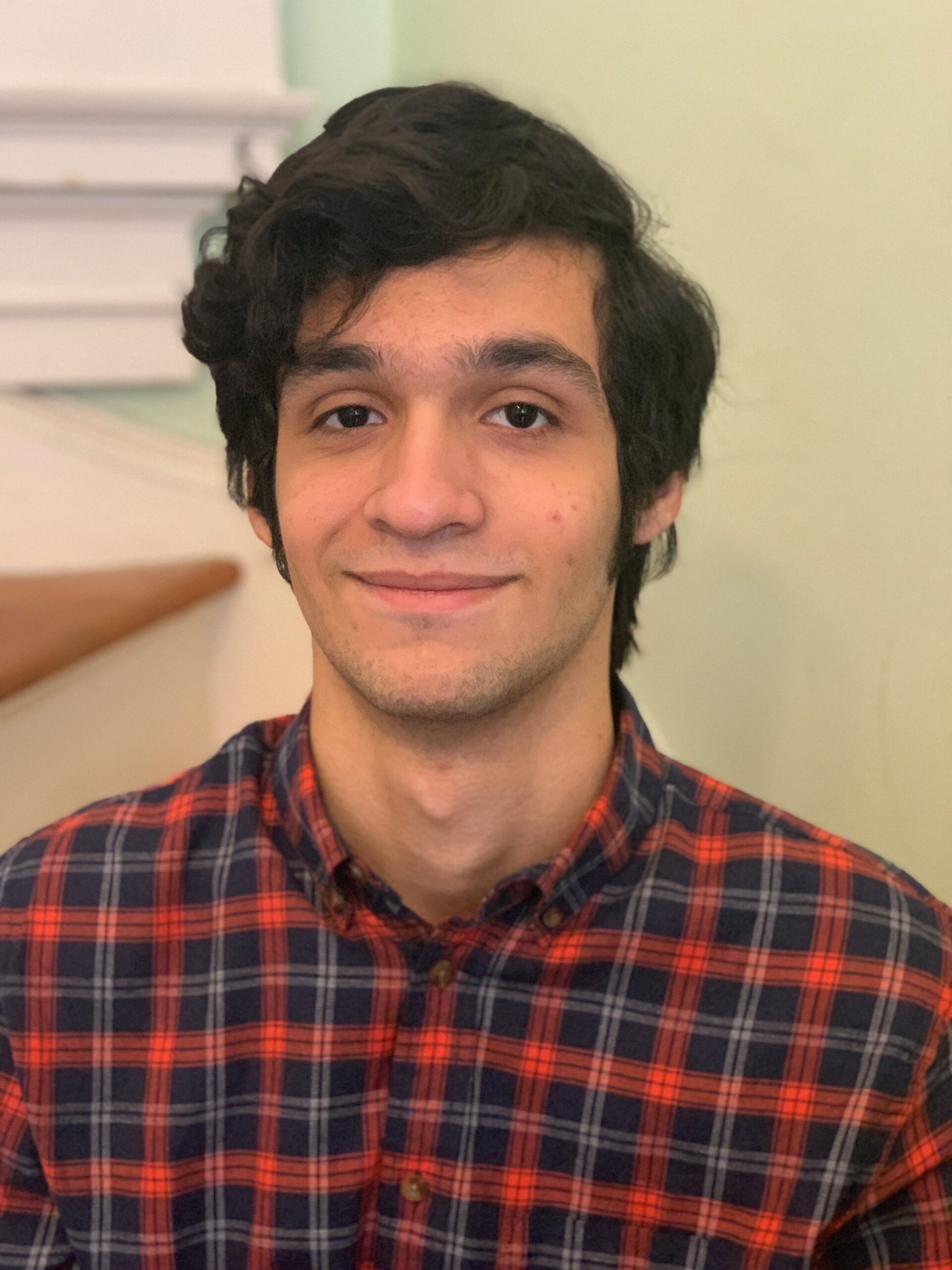One of the most difficult parts of science is predicting the future of the field and anticipating life-changing innovations, acknowledged Drs. Stark (Chemistry), Nair (Physics), and Schaffler (Biomedical Engineering), Distinguished Professors at the City College of New York.
The global influence of groundbreaking scientific innovations has led many to speculate and predict what discovery or innovation will steer the direction of our contemporary society for decades to come.
“In the late 1960s, early 70s, there were a number of social scientists who were very much involved in predicting the future, they became called futurists,” Dr. Schaffler said. “And then it turned out to be enormously profitable for the people who wrote the books, but probably has had very little impact on predicting what actually occurred.”
Much of the technology and innovations in medicine and engineering that define contemporary life were not foreseen by these futurists.
“What actually occurred, at least in the science and technology areas, was like anything else: something was discovered, and all of a sudden, a new opportunity presented itself, a new way to do things,” Dr. Schaffler said. “We’re deliberately careful about how we do research, but there’s always something fortuitous about discovery.”
Oftentimes, advancements in the sciences are gradual, and there is no infallible way of knowing which of today’s innovations will become tomorrow’s totalities. Dr. Schaffler highlighted the significant increase in life expectancy in the Western world over the past century, largely due to separate breakthroughs in medicine and quality of life innovations that improved public health and hygiene.
The other component that makes predicting the future of science so difficult is speculating which modern-day innovations that people previously thought they could never do without will lose relevance over time. For example, the auto industry is moving toward more production of electric cars, a result of sustainability efforts aimed at reducing carbon emissions from popular commodities. But the “electric future” promoted by the biggest auto manufacturers may not be as feasible as it is portrayed in advertisements.
“There’s a lot of hype that they don’t create hydrocarbon waste, but somebody is generating the electricity someplace,” Dr. Schaffler said. “And there’s not enough solar and wind energy to power all the electric cars that we’re talking about, and the homes in New York City and every other place in the country. So somebody is burning fossil fuels to create more electricity.”
But amidst the volatility of innovation and discovery, the distinguished professors acknowledged that some trends are more discernable than others.
They agreed that academic disciplines are gradually becoming less siloed, leading to researchers adopting interdisciplinary approaches to their work, which unlocks potential for further discoveries.
One example of the overlap of science disciplines is Dr. Stark, who was originally trained as a physical chemist, but then transitioned to working on macromolecular assemblies in natural systems.
And at the foundation of all scientific innovation and breakthroughs is the tireless research done by experts today in hopes of building a better tomorrow.
“We know that research in science, and development in technology, that’s what has transformed our society over the last few centuries. And of course, there are many societal problems today, and they’re not going to be solved without further research,” Dr. Nair said.
“But curiosity is something that is inherent to humans, so we have a fundamental quest to understand things. So given that you need, on the one hand, research to solve some of our problems, and that inherently we are curious people, there is no question that researching will be there playing a dominant, perhaps a more extensive role than it does today.”
Scientific research with the goal of making the world a better place is exactly what the three distinguished professors hope to continue fostering at CCNY.

Gabriel is a student at the Weissman School of Arts and Sciences at Baruch College, double majoring in journalism and political science. He is also the editor of the Science & Technology section of Baruch College’s independent, student-run newspaper, The Ticker.